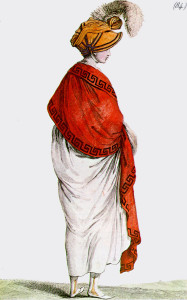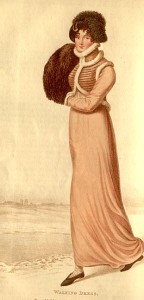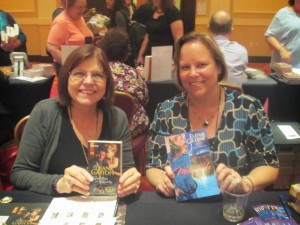 In honor of Verdi, whose 200th birthday is today, I’m giving you an excerpt (slightly cleaned up) from my soon-to-be released erotic historical A Certain Latitude. The very vague connection is that there is mention of an opera here. The picture is not of Verdi but of Dominic Cooper as Willoughby in the latest BBC adaptation of Sense & Sensibility, who looks something like my hero.
In honor of Verdi, whose 200th birthday is today, I’m giving you an excerpt (slightly cleaned up) from my soon-to-be released erotic historical A Certain Latitude. The very vague connection is that there is mention of an opera here. The picture is not of Verdi but of Dominic Cooper as Willoughby in the latest BBC adaptation of Sense & Sensibility, who looks something like my hero.
Note that both hero and heroine are in a, uh, horizontal position.
“Tell me about your mistress.”
“Which one?”
“How many have there been? To start with, the one whose husband chased you to the dock.”
“Ah. Lady Ann. A dreadful woman.”
“Then, why on earth—”
“This part of me—” he thrust upward—“did the thinking. And if her husband had sued for divorce, I would have been named and then obliged to marry her.”
“But it doesn’t seem fair. What will her husband do to her?”
Allen ran his hand over her neck, pushing hair aside. “Expect her to be more discreet next time. It’s the way of the world.”
His breathing became faster. Already she knew the signs; she had learned the lessons of his body.
“Who else?”
“Who else what?”
“Who else have you bedded?”
“Hmm. You wish for the whole list?”
“List?” She put her lips to his ear and sang, “Ma in Ispagna son già mille e tre … mille e tre.”
Beneath her, he rumbled with laugher. “Not in Spain, but in Bristol maybe.”
“A thousand and three in one city? You mean you outdid Don Giovanni himself?”
He shrugged and fell silent.
“Is my singing so dreadful?”
He muttered, “I shouldn’t—I had this bad habit of seducing merchants’ wives. Silly, bored, rich women, for whom I was a consolation, an entertainment. I didn’t like any of them particularly. I don’t think they liked me much, either. Each one at first presented a challenge, a mystery, but afterward I found I was lonelier—” He stopped and turned his head away.
“Allen—”
“Except,” he added, “this never happened with them.” He laughed, a dry, ironic chuckle. “You may tell me it doesn’t matter. I believe that’s the acceptable, sympathetic thing for a woman to say under the circumstances. God knows it’s never happened before, so I’m not quite sure of the etiquette the situation demands. But, by all means coo something sweet while pitying me—even though you suspect this happens all the time.”
“A moment.” Clarissa eased herself onto her elbows. “May I borrow your writing slope? I must make note of this for any future encounters.”
He laughed and gripped her arms, turning his face to hers. “Don’t move. Do you know, Clarissa, I think you may be the only woman I’ve had that I actually liked?”
“How appalling.” She rubbed her nose against his. “Have you ever been in love?”
He shrugged. “Quite frequently, but it faded. I proposed to a couple of women, but fortunately they turned me down. I suspect I’m a little in love with you, Miss Onslowe, but have no fear. The condition will pass.”
“I rejoice to hear it.” Was it disappointment or relief she felt? “Love might well be a complication for us both. You are quite right.”
Any opera fans out there? Any favorite operas? Favorite Verdi operas? I vote for La Traviata.
 Shawls
Shawls Spencers
Spencers
 Don’t forget! The Harlequin Historical Authors Holiday Giveaway has begun. Look here for the Advent calendar and click on today’s date to enter. You can also enter my part of the contest right now. Go here.
Don’t forget! The Harlequin Historical Authors Holiday Giveaway has begun. Look here for the Advent calendar and click on today’s date to enter. You can also enter my part of the contest right now. Go here.





